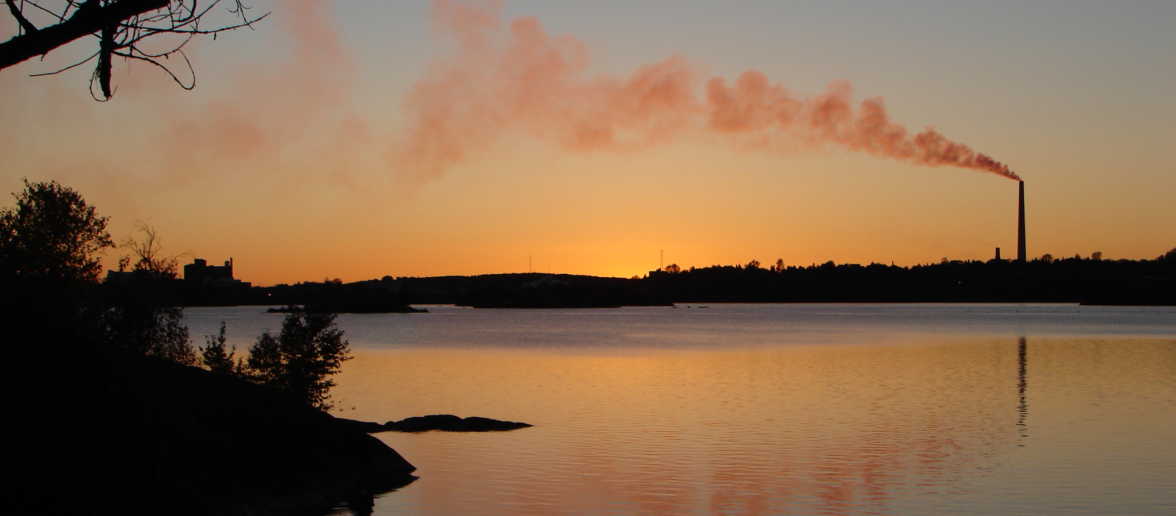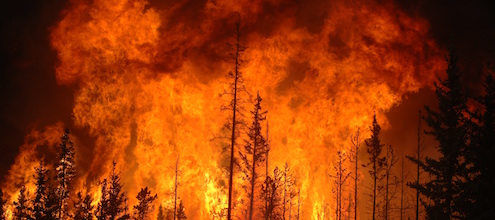
Unpacking climate policy jargon
Climate and Energy Pollution Carbon Pricing Climate Change Complementary PoliciesClimate policy can be complicated—especially if you’re talking to economists. Carbon pricing? Complementary policies? Marginal abatement costs? Let’s unpack some of this jargon in the simplest ways possible. What’s the problem? Negative externalities occur when someone’s actions impose costs on others. For example, consuming energy creates pollution, which has costs. Health impacts from air pollution […]





